Researchers' Zone:
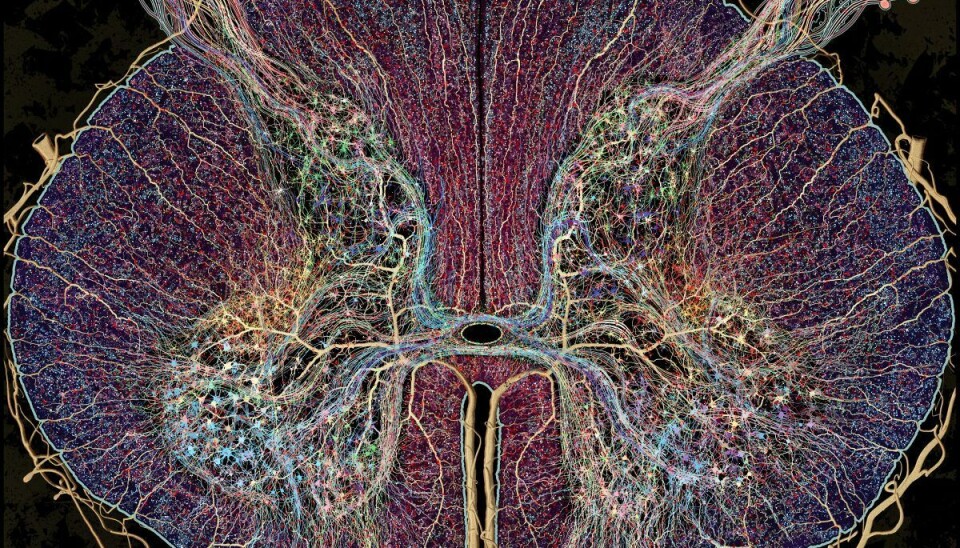
How art unlocks the brain's secrets
Fasten your seatbelt and get ready for a visual journey with neuroscientists and artists who painted the beauty of the brain. Through art, new truths can be unveiled about the brain.
In this article, I want to share some compelling examples where art and neuroscience complement one another, offering new perspectives and deeper understanding.
Through these examples, I want to show you that art and neuroscience are not so different after all. Both seek to capture the essence of what it means to be human.
Why is this important? Because when we separate these disciplines, we risk missing out on discoveries that could change how we see the world—and ourselves.
Let me take you on a historical journey pointing out how neuroscientists and artists have visualised the brain's beauty.
Truth and beauty are connected
My journey into this field began with a fascination not only for the brain's complex functions but also for its intrinsic beauty.
I became inspired by the ancient concept of the virtuous triad: truth, beauty, and goodness. In those times, these virtues were seen as interconnected, each leading to the other1. What was true was also good and beautiful.
However, in our modern age, this connection often seems lost. We tend to chase science for truth and art for beauty, not considering how they might be linked together.
The neuroscientist who painted
So, how might the two fields be linked? Many figures in the history of neuroscience were also gifted artists. Santiago Ramon y Cajal, one of the fathers of modern neuroscience, stands out not only for his scientific achievements but also for his remarkable artistic talent.
Through his detailed drawings of brain cells and their intricate connections, Cajal didn't just communicate existing knowledge—he made groundbreaking discoveries.
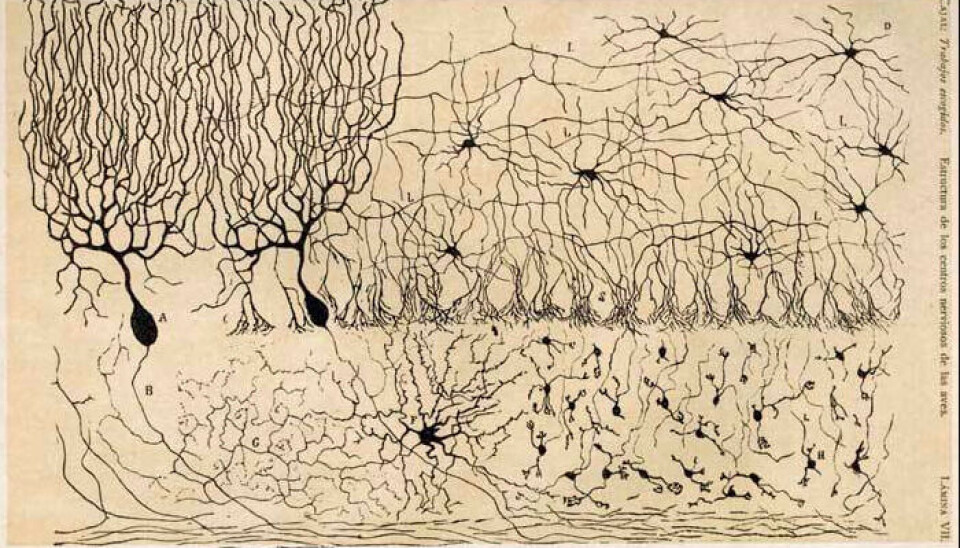
Photo: Drawing of the cells in the brain by the Nobel Prize winner and Spanish neuroscientist, Santiagio Ramon y Cajal. WikiComment.
As he meticulously sketched these neurons, he uncovered that they do not physically connect to each other, a revelation that challenged the prevailing beliefs of his time. This discovery sparked the research into synaptic plasticity, the brain's ability to adapt and reorganize itself by forming new connections between neurons.
This mechanism is now understood to be fundamental to learning, memory, and the brain's ability to recover from injury.
Cajal's work beautifully bridged the gap between science and art, illustrating that the process of discovery is often an artistic endeavour in itself, where beauty and truth walk hand in hand.
The beauty of the brain lies both in its function and in its form
Following in his footsteps, modern drawings of brain structures have also gained recognition as works of art in their own right. Greg Dunn, for instance, has a PhD in neuroscience and, he creates stunning images of the brain that are both scientifically accurate and visually captivating.
His work, like Cajal's, bridges the gap between science and art, reminding us that the beauty of the brain lies not only in its function but also in its form.
Dunn's pieces, created using a combination of traditional Asian techniques and modern neuroscience, serve as a testament to the ongoing interplay between these two disciplines.
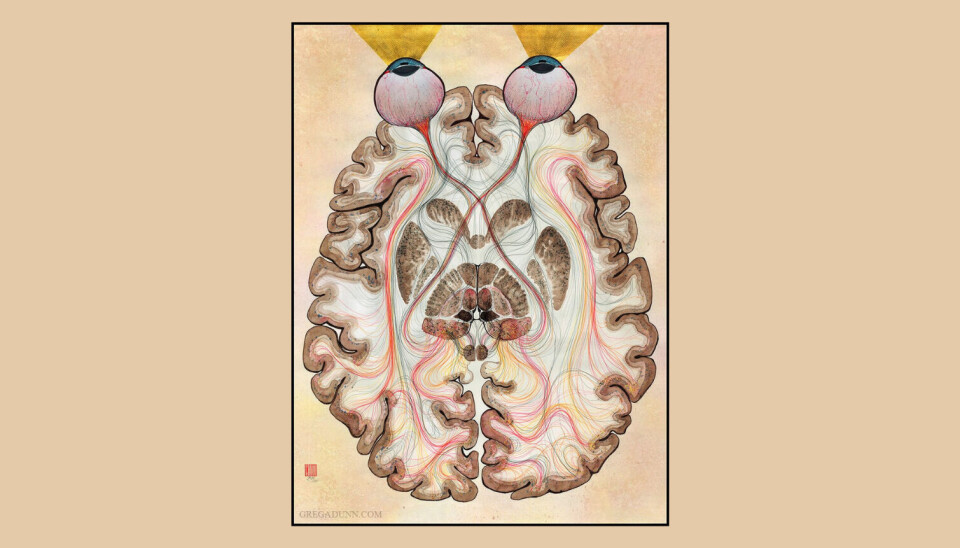
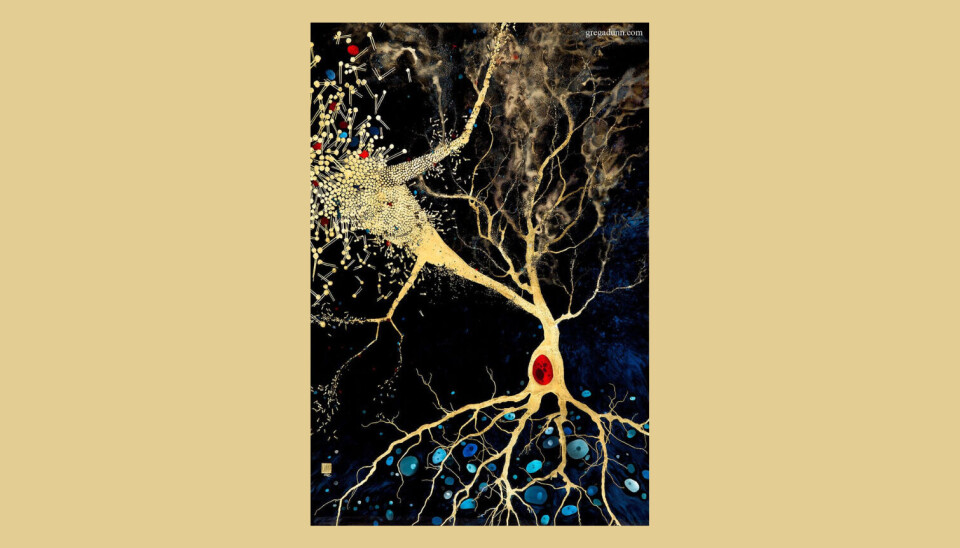
Artist opens dialogue and bridge between scientists and the public
Conversely, some artists have found neuroscience a source of creativity and a way to express their life journeys through the lens of neurological disorders.
One such artist is Ignatius Brennan, who has lived with chronic migraines. A condition that involves recurring, often debilitating headaches accompanied by symptoms such as visual disturbances, nausea, and sensitivity to light and sound.
His art is not just a reflection of his struggles but also an exploration of the broader human condition, particularly how chronic pain and neurological disruptions can affect one's sense of self, perception, and daily life.
Through his vivid representations of neural pathways and detailed anatomical drawings, Brennan conveys the anxiety, isolation, and unpredictability that often accompany migraines and other neurological conditions.
For instance, some of Brennan’s pieces depict the visual auras associated with migraines—those strange, often frightening patterns of light that can precede or accompany a migraine attack.
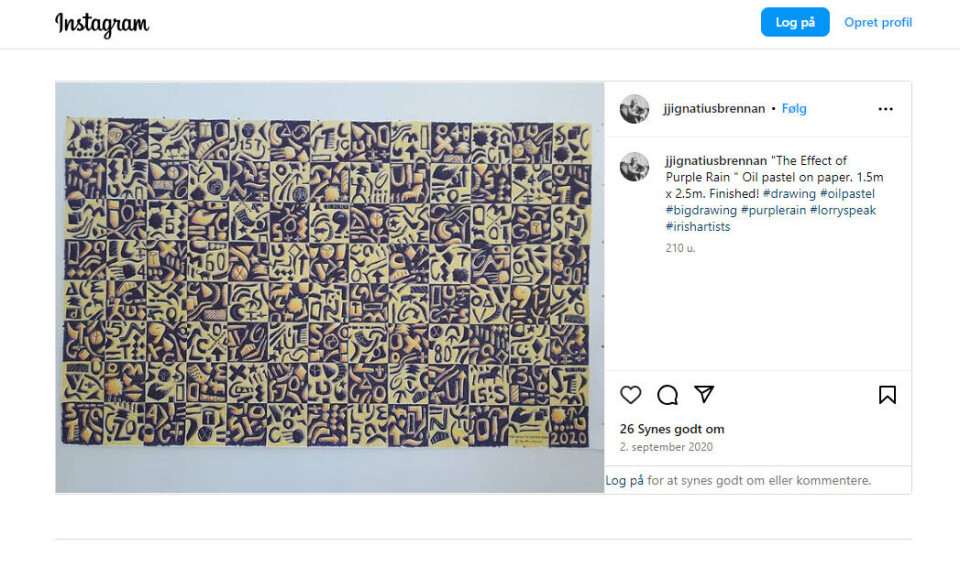
By translating these complex neurological experiences into visual art, Brennan opens up a dialogue about the experiences of those living with neurological conditions, creating a bridge between the scientific community and the public.
His work encourages viewers to consider not just the clinical aspects of such conditions, but also their profound impact on a person’s life and identity.
Exploring neurological conditions through art
Katherine Sherwood, in her series “Cajal’s Revenge,” explores her neurological condition—she suffered a stroke—by integrating Santiago Ramón y Cajal’s neuron drawings with her medical scans.
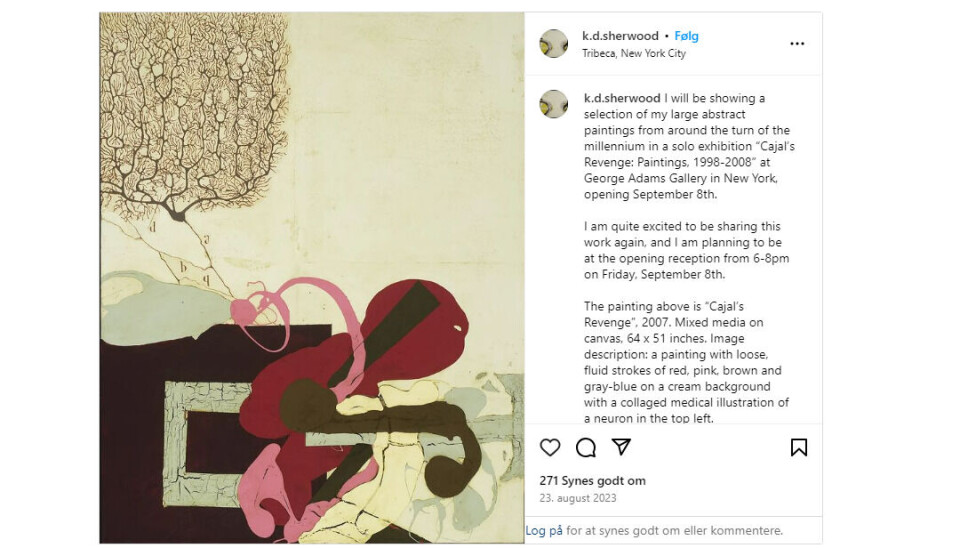
By blending Cajal’s neuron drawings with her medical imagery, Sherwood underscores the deeply human aspect of neurological research, reminding us that behind every scientific study are individuals grappling with these conditions in their everyday lives.
This integration of art and science highlights how personal experience can bring a new dimension to scientific understanding. Neuroscientists, focused on the technical and clinical aspects of their research, sometimes risk overlooking the lived experiences of those affected by neurological conditions.
Sherwood's work serves as a poignant reminder of the human stories that underpin scientific inquiry.
Optical illusions question how we perceive the world
Similarly, Robert Pepperell’s art investigates the complexities of perception and consciousness. His work often blurs the lines between artistic representation and scientific observation, prompting us to question how we perceive and understand the world around us.
For example, Pepperell’s pieces might depict optical illusions or abstract forms that challenge our typical ways of seeing, drawing from both artistic techniques and neuroscientific principles.
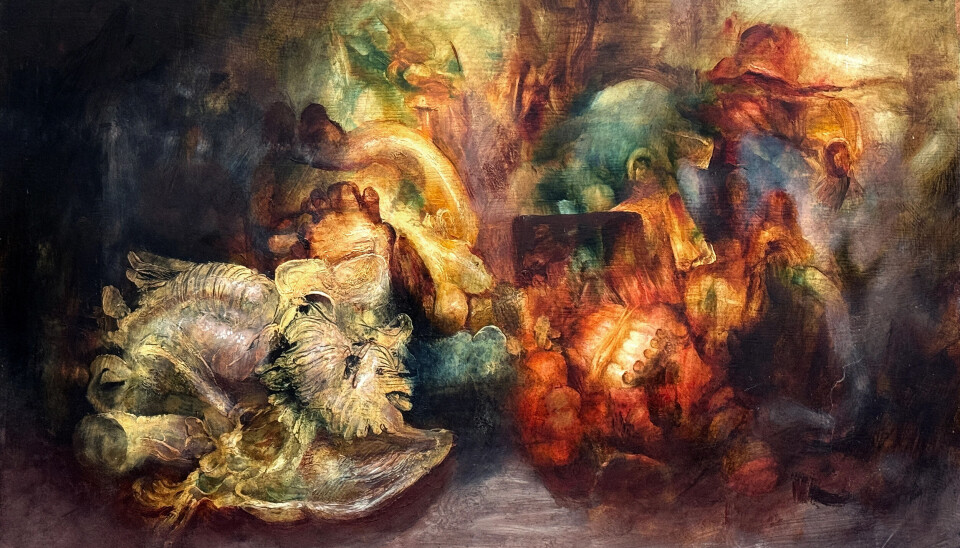
By doing so, he explores how our brains construct reality and how perception is not just a passive reception of information but an active process shaped by both our biology and our experiences.
This interplay between art and neuroscience in Pepperell's work invites viewers to reflect on the nature of human experience and the intricate workings of the mind.
The power of combining art and science
These artists exemplify how art and neuroscience can converge, providing new perspectives and deeper understanding. Science and art have much to gain from each other.
Consider the early anatomists and botanists: Without digital media, they relied on their drawing skills to document their discoveries. Even today, some aspects of science cannot be fully captured through standard imaging, quantification, and description methods.
For instance, the complex structure of neural networks in the brain is difficult to visualize using conventional imaging techniques. Artists like Santiago Ramon y Cajal were able to convey the intricate beauty and complexity of these networks through detailed drawings, offering insights that - at that time - could have been missed with imaging alone.
Ignoring the role of artistic representation in science means we could miss out on abstract ideas and connections that could lead to new discoveries. A concrete example of this is Cajal's work itself. His ability to illustrate the brain's structure led to the revolutionary understanding of how neurons communicate.
Art makes complex scientific concepts more accessible
One practical benefit of art for science is communication. Scientists often produce figures that are difficult to understand, showing little awareness of visual information, colour, and data representation.
An artistic understanding can improve the communication of scientific findings, enhancing their impact and reach. For example, the work of Greg Dunn, who creates visually captivating images of the brain, demonstrates how art can make complex scientific concepts more accessible to both the scientific community and the general public.
His art not only educates but also inspires, making the science behind it more engaging and memorable.
Neuroscience offers valuable insights to artists
Conversely, science can offer valuable insights to artists. Knowing how the brain processes visual inputs or other types of information, can help artists convey the feelings they aim to evoke in their audience more effectively.
This touches on the broader question of whether art should convey a specific message or exist independently of any purpose. If the goal is to convey a message, then understanding the language in which that message is perceived is crucial.
For instance, some painters use varied brushstrokes within a single canvas, focusing detailed work on the intended focal point while using more abstract, broader strokes elsewhere. This technique mirrors the way our eyes process a visual field, guiding the viewer to perceive the intended focus as the centre of the image.
Better exploration of the human mind
In both fields, there is a profound opportunity for enrichment. Scientists can learn from artists how to communicate their findings more clearly and effectively.
Artists, in turn, can draw on scientific principles to enhance their ability to convey emotion and meaning. By bridging the gap between these disciplines, we can foster a deeper understanding and appreciation of both.
Whether through the precise drawings of neurons by a pioneering neuroscientist or the vibrant representations by contemporary artists, these works highlight the profound connections between form, function, and creativity, encouraging us to explore the possibilities of the human mind.
My office is open to scientists and artists who want to share their thoughts.



